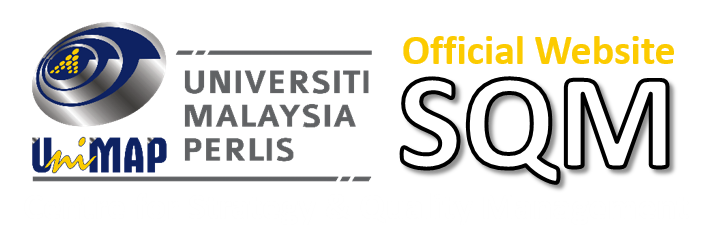QS WORLD UNIVERSITY RANKINGS
The QS World University Rankings continue to enjoy a remarkably consistent methodological framework, compiled using six simple metrics that we believe effectively capture university performance. Since faculty area normalisation was introduced in 2015 to ensure that institutions specialising in Life Sciences and Natural Sciences were not unduly advantaged, we have avoided fundamental changes. In doing so, we aim to ensure that year-on-year comparisons remain valid, and that unnecessary volatility is minimised.
Thus, universities continue to be evaluated according to the following six metrics:
1. Academic Reputation (40%)
2. Employer Reputation (10%)
3. Faculty/Student Ratio (20%)
4. Citations per faculty (20%)
5. International Faculty Ratio (5%)
6. International Student Ratio (5%)
For further information, click here QS World University Rankings 2021 (topuniversities.com)
QS WORLD UNIVERSITY RANKINGS BY SUBJECT
The QS World University Rankings by Subject ranks the world’s top universities in individual subject areas, covering 51 subjects. The rankings aim to help prospective students identify the world’s leading schools in their chosen field in response to high demand for subject-level comparisons.
Each of the subject rankings is compiled using four sources. The first two of these are QS’s global surveys of academics and employers, which are used to assess institutions’ international reputation in each subject. The second two indicators assess research impact, based on research citations per paper and h-index in the relevant subject. These are sourced from Elsevier’s Scopus database, the world’s most comprehensive research citations database.
These four components are combined to produce the results for each of the subject rankings, with weightings adapted for each discipline.
1. Academic Reputation
2. Employer Reputation
3. Research citations per paper
4. H-Index
For further information, click here QS World University Rankings by Subject 2020 | Top Universities
QS ASIA UNIVERSITY RANKINGS
Published annually since 2009, the QS Asia University Rankings highlights the top universities in Asia each year. The methodology used to create the ranking is similar to that used for the QS World University Rankings®, but with some additional indicators and adapted weightings. This set of criteria, developed in consultation with regional experts and stakeholders, is designed to reflect key priorities for universities in Asia, drawing on as much available data as possible. Find out more from the QS Intelligence Unit.
The 11 indicators used to compile the QS Asia University Rankings are as follows:
1. Academic reputation (30%)
2. Employer reputation (20%)
3. Faculty/student ratio (10%)
4. International research network (10%)
5. Citations per paper (10%)
6. Papers per faculty (5%)
7. Staff with a PhD (5%)
8. Proportion of international faculty (2.5%)
9. Proportion of international students (2.5%)
10. Proportion of inbound exchange students (2.5%)
11. Proportion of outbound exchange students (2.5%)
For further information, click here QS University Rankings: Asia – Methodology | Top Universities
QS STARS
QS Stars is a rating system that provides a detailed look at an institution, enabling you to identify which universities are the best in the specific topics that you care about, like program strength, facilities, graduate employability, social responsibility, inclusiveness, and more.
QS Stars understands that universities are different to one another and therefore need to be assessed on a range of categories that recognize distinct strengths. It also recognizes that each student is looking for something different, and not all universities – even the highest ranked institutions – suit every student.
Using QS Stars when searching for your future program will help you understand which universities have performed well against a comprehensive list of indicators, allowing you to match your interests to the universities that are strong in the topics that matter to you.
In the methodology used for QS Stars, universities are evaluated in dozens of indicators across at least eight categories. After the assessment, universities are awarded with an overall Star result which ranges from 0 to 5+ Stars, depending on the number of points achieved through the evaluation.
For further information, click here QS Stars University Ratings | Top Universities
SQM PIC: Puan Rozila Romali



